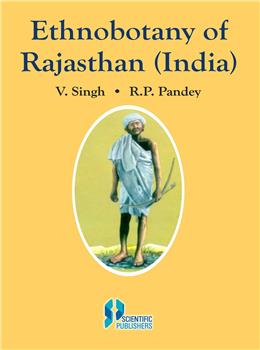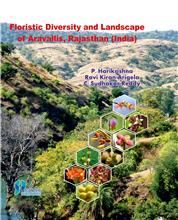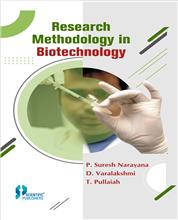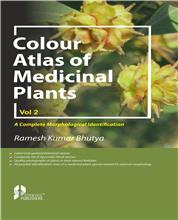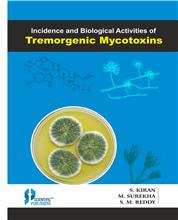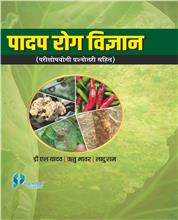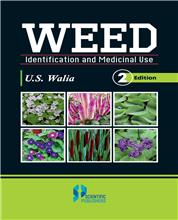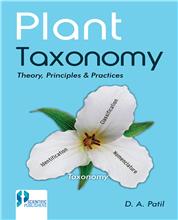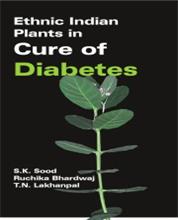More than 2000 species of vascular plants play a vital role directly or indirectly in the economy of state and subsistence of about 42 lakhs population of tribals. In this book 610 species have been dealt which are used by the tribals for food, fodder, timber, fire-wood, tannin, dye, oil, fibre, medicine, alcohol, gum and resin etc. Besides above, the plants which find place in totems and taboos, magico-religious beliefs, magico-medicines, rites and rituals and several ceremonies and household uses related to the life of tribals from birth to death have also been discussed under the species arranged alphabetically. The correct botanical name of each species is followd by the prevalent local names, short diagnostic characters, habitat and distribution in the state and flowering and fruiting period before dealing with the above mentioned uses. The plants which find place in folk songs, proverbs, musical instruments and considered auspicious or inauspicious or landmark for routes etc have been discussed under separate heads in the end of the book. The introductory chapters include detailed information about land environment of the state, the tribal populations their culture and customs, previous ethnobotanical works and methodology of present study. Besides 67 figures of individual plants, 62 coloured and one black and white photographs reflecting landscape, vegetation types, individual plants, culture and custom of tribals and plant-based household and agricultural implements have been included. The authors would welcome any suggestion from its readers that may be valuable in the future improvement of this book.
